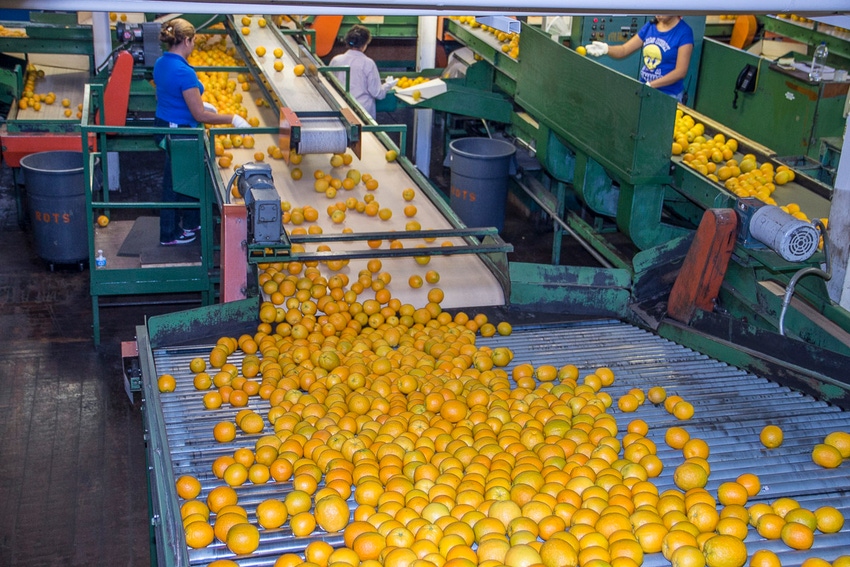
California citrus growers and their industry representatives are still assessing damage from December’s freeze. All indications are that it will be costly – just how hard it will hit the industry financially remains to be seen.
David Roth, president of Cecilia Packing in Orange Cove, Calif., believes a 30 percent loss industry-wide could be realized when the count is complete. Speaking specifically to his packing operation, Roth said he lost about 40 percent of his Cara Cara Navel oranges and about 30 percent of his regular Navels.
For the later Navel varieties it is still too early to assess the damage, Roth said.
The big losses will likely be seen in later mandarin varieties, which Roth says could top 50 percent. While early mandarin varieties, such as the Clementines, were mostly harvested prior to the freeze, Roth said the Murcott variety could be severely damaged.
Tulare County Ag Inspector Scott Cornett said he’s red-tagged a significant amount of fruit so far, but couldn’t put a figure on damage as there apparently has not been enough warm days since the freeze to better reveal the damage.
According to Bob Blakely, industry relations director with California Citrus Mutual (CCM), industry officials should have a better handle on damage estimates by the end of January. Roth, who serves on CCM’s board of directors, said California officials are leaning on CCM to have citrus figures in as soon as possible.
While California citrus is a fresh-fruit market, one possible bright spot could be the juice markets, which is typically where freeze-damaged fruit can go if it is unsuitable for fresh markets. Typically growers can figure to break even when it comes to sending fresh-market citrus to juice.
According to Roth, citrus juice futures rose recently in the wake of severe cold that hit Florida citrus, which is predominantly sold for juice. That bump in juice prices could help California growers at least recover the cost of getting citrus off the trees.
That still depends on the timing of when the fruit can be harvested in California, Roth said. Juice plants are having problems getting trucks, which is impacting the packing houses, Roth said. Waiting too long to harvest the damaged fruit will allow it to dry to the point that it becomes unprofitable to pick it and send for juice.
Early indications during the freeze were that it was not widespread or as intense in all locations. In some locations wind machines and irrigation methods definitely helped, Roth said. Still, some areas saw temperatures in the teens and low 20s, which is sufficient to cause heavy damage.
Blakely said citrus pricing was following its normal trends from when harvest began up to when the freeze started. Pricing since then has increased somewhat, but not as much as in past freezes, Blakely said.
About the Author(s)
You May Also Like






